Industrial Ceiling Fans in Southeast Asia
Industrial ceiling fans, often referred to as industrial fans, are a key solution for ventilation and cooling in expansive, high-ceilinged spaces. With diameters spanning from 11 to 26 feet, these fans deliver efficient airflow and energy savings, making them indispensable in regions with hot and humid climates. Southeast Asia, with its tropical environment, stands out as a major market for these high-volume, low-speed (HVLS) fans. However, the terminology for industrial ceiling fans varies significantly across the region due to linguistic and cultural nuances.

Diverse Terminology Across Southeast Asia
In Southeast Asia, the naming conventions for industrial fans reflect local languages and cultural influences:
- Thailand: Known locally as พัดลมอุตสาหกรรมขนาดใหญ่ (Phad Lom Ut-Sa-Ha-Gam Ka-Nad Yai), industrial fans are integral to the country’s manufacturing and agricultural sectors. Thai terminology emphasizes the fan's size and industrial purpose.
- Vietnam: Industrial fans are called Quạt trần công nghiệp lớn, highlighting their application in factories and warehouses. The Vietnamese name often underscores efficiency and cooling power.
- Indonesia: Locals refer to these fans as Kipas Gantung Industri Besar. The focus here is on their use in high-capacity production facilities, as well as their ability to reduce energy costs in warm climates.
- Malaysia: Termed Kipas Siling Industri, these fans are valued for their durability and performance in various industries, including logistics and food processing.
![]()
Applications in Tropical Regions
Industrial ceiling fans are indispensable in Southeast Asia, offering solutions tailored to the unique demands of tropical climates:
- Factories and Warehouses: With high ceilings and vast floor areas, these facilities rely on industrial fans to maintain consistent airflow, preventing heat build-up and ensuring worker comfort.
- Agricultural Facilities: Poultry farms, greenhouses, and other agricultural spaces use these fans to regulate temperature and improve air quality, directly impacting productivity and yield.
- Commercial Spaces: From shopping malls to gymnasiums, industrial ceiling fans provide cost-effective cooling, often supplementing or replacing traditional air conditioning systems.
- Public Venues: Airports, train stations, and large event halls employ these fans to manage airflow in crowded environments.
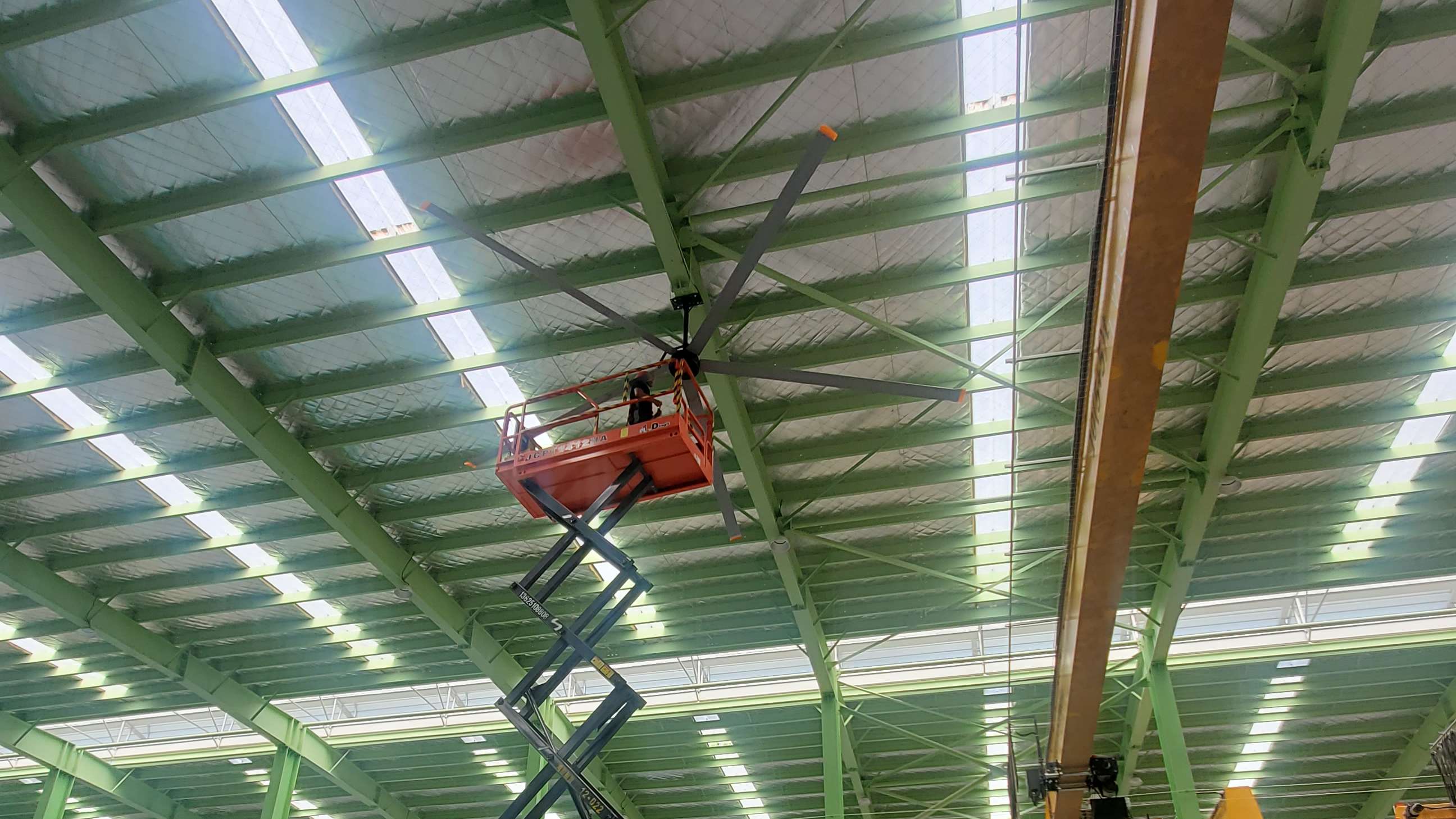
Conclusion
The widespread adoption of industrial ceiling fans across Southeast Asia highlights their versatility and efficiency in addressing the region’s climatic challenges. While the terminology may differ—from Thailand’s พัดลมอุตสาหกรรมขนาดใหญ่ to Malaysia’s Kipas Siling Industri—the functionality remains universal. These fans continue to play a vital role in improving energy efficiency, enhancing comfort, and supporting industrial growth in one of the world’s most dynamic regions.
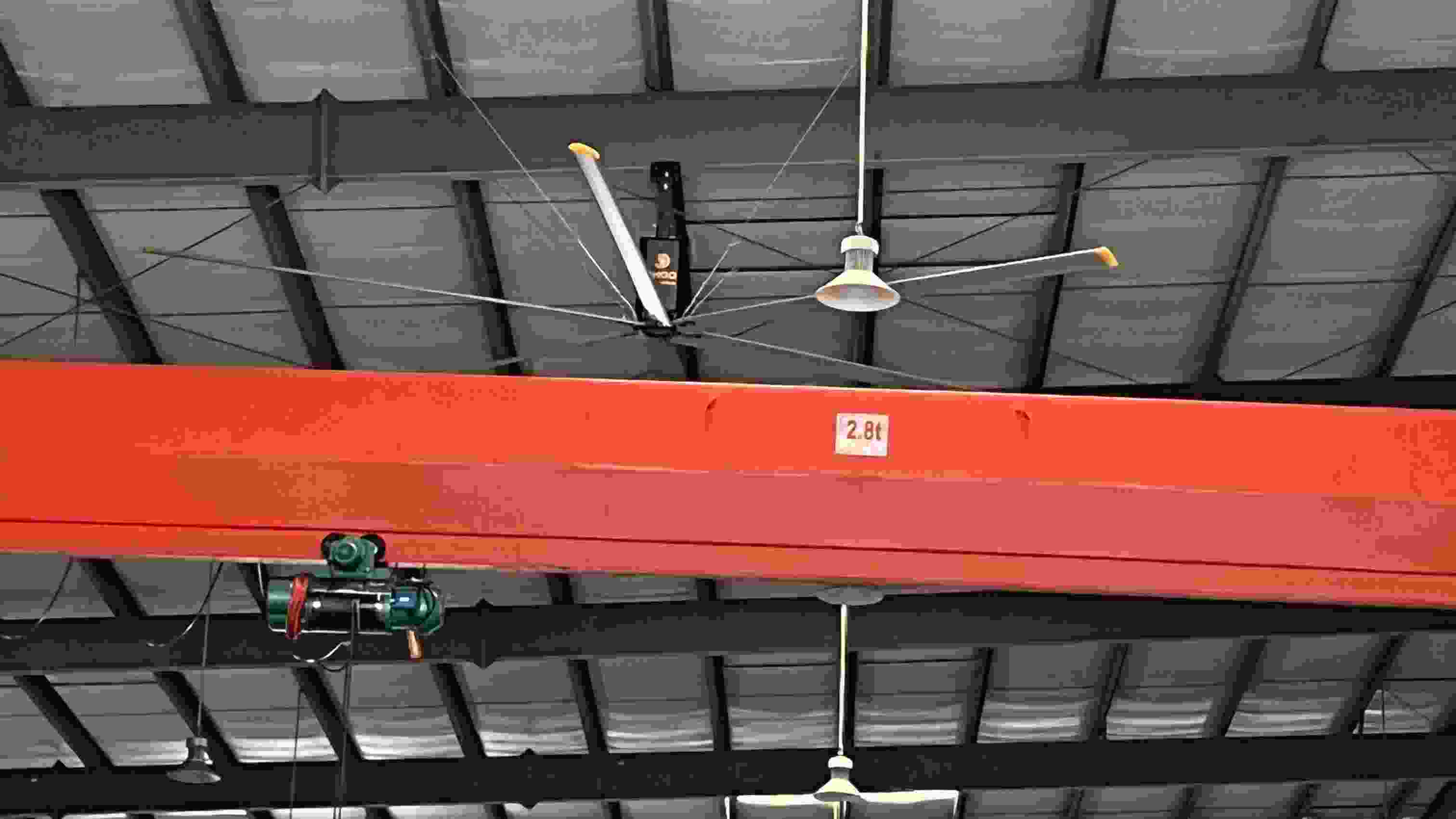 suria giant fan
suria giant fan
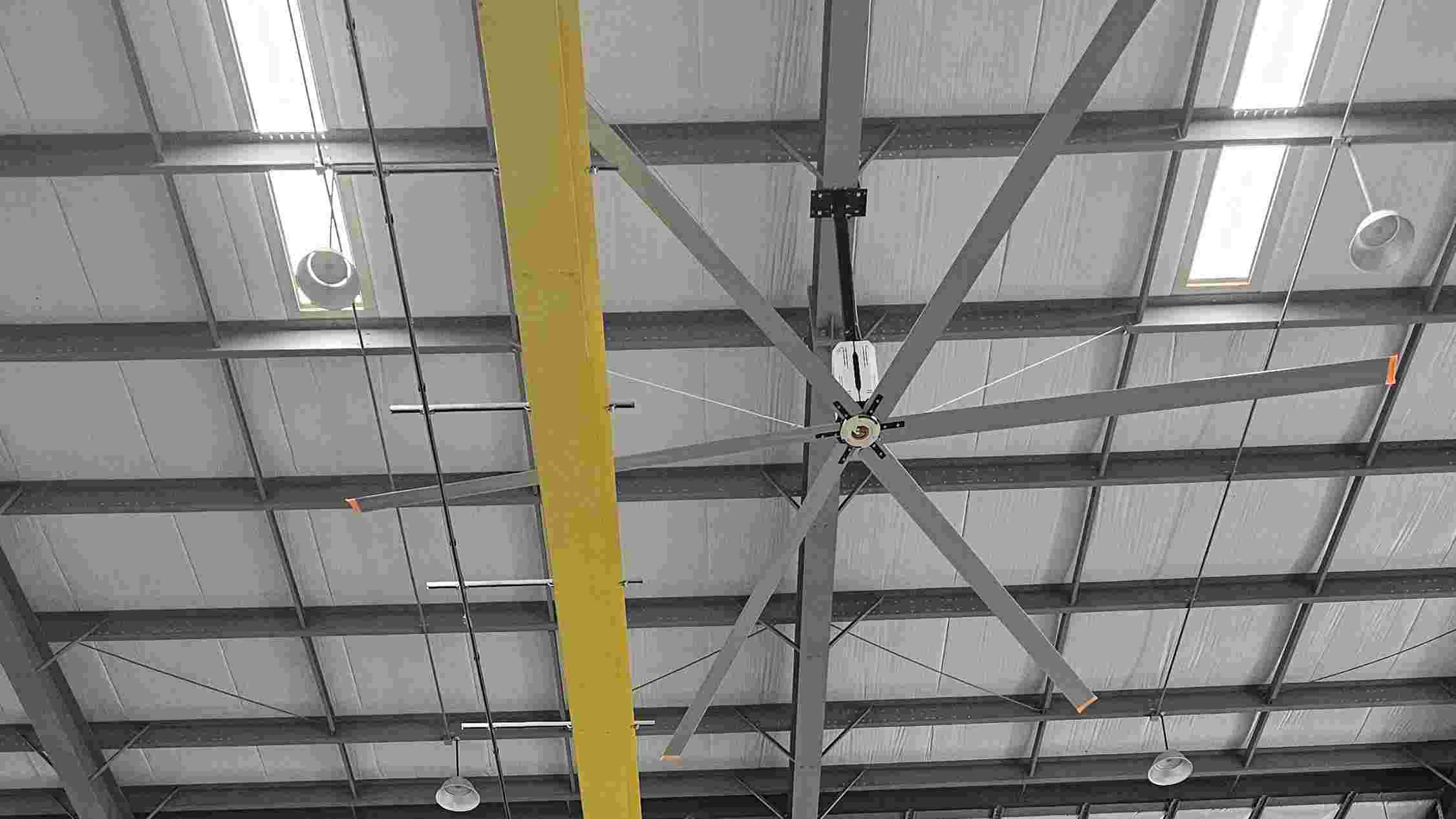 Commercial Fans
Commercial Fans
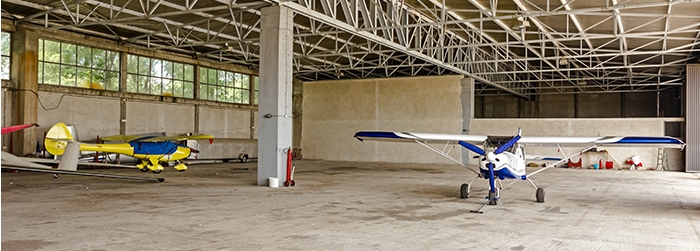 Research on Air Stratification
Research on Air Stratification
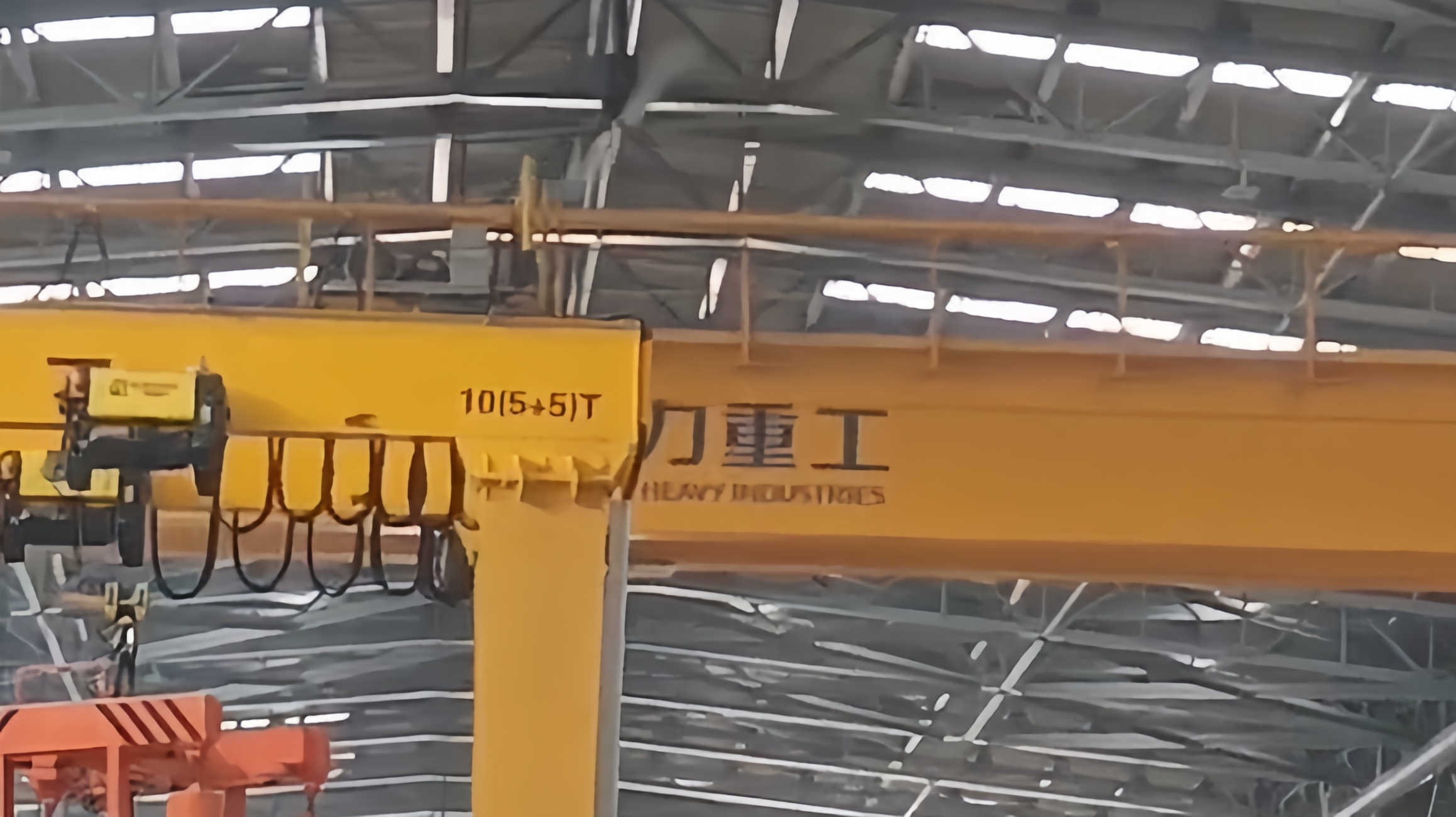 Industrial Ceiling Fans in Sou
Industrial Ceiling Fans in Sou
